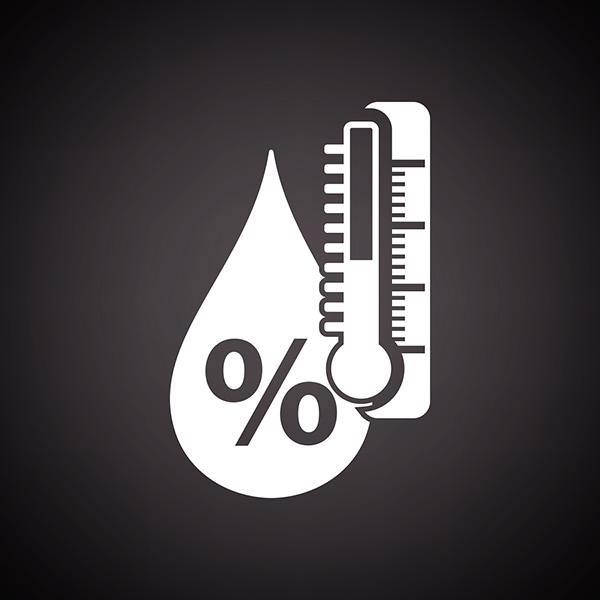
Monitoring environmental working conditions for heat stress indices such as Thermal Work Limit (TWL) is important to help minimise the potentially deadly risks of working in the heat.
The body has two key methods for dissipating heat: sweating and increased blood flow to the skin. Hot and humid conditions limit the effectiveness of these methods, leading to increased core body temperature and associated dangerous health conditions and even death, as outlined in THORZT’s Workplace Heat Stress Guide. Risks increase when workers are performing physical tasks and wearing PPE such as goggles, earmuffs, boots and gloves.
By monitoring environmental conditions, employers can proactively identify conditions where excessive thermal stress places worker health at risk, according to a 2007 research paper on Thermal Work Limit published in the Annals of Occupational Hygiene.
Shortcomings with Wet Bulb Globe Temperature (WBGT)
The WBGT is incorporated into ISO 724310 and uses a dry bulb to measure air temperature along with a thermometer encased in a wet cotton sleeve (wet bulb) and a thermometer in a black globe that accounts for radiant heat – the combination of which produces the WBGT ‘temperature’.
According to the TWL research paper, WBGT has a number of shortcomings which are widely recognised, namely its relative insensitivity to the cooling effect of air movement and the need for inputs such as the amount of clothing and PPE worn by workers as well as their work load – both potential sources of error.
WBGT is also seen as excessively conservative and is largely ignored where it would lead to unnecessary losses in productivity, according to the 2007 research paper.
Thermal Work Limit (TWL) a better monitoring index
TWL is calculated using five environmental parameters – dry bulb, wet bulb and globe temperatures (all used by WBGT), with the addition of wind speed and atmospheric pressure. It also accommodates for clothing factors to arrive at a prediction of a safe maximum continuously sustainable metabolic rate (W m?2) for the conditions.
TWL has been widely adopted and implemented in Australia’s underground mining industry, resulting in a reduction in heat illness and lost production. Its validity has also been tested under controlled conditions in a small 2002 study while the 2007 research paper measured the effects of the TWL index on 12 fit, heat-acclimatised men and concluded “TWL does have the ability to predict the limiting work rate for a thermal environment”.
Further evidence of the efficacy of TWL is a 2014 case study – in which THORZT was involved – which saw Leighton Contractors at the Australia Pacific LNG Project implement a heat stress management program based on TWL and using THORZT for hydration, electrolyte replenishment and wearable cooling products.
The result of the program was zero heat stress related incidents despite 45 degree heat.
For more information around other factors that should be considered in a heat stress management program, download THORZT’s FREE Workplace Heat Stress Guide.
Leighton’s TWL guide with control measures (Source: AMSJ)
Working Zone
|
Control Measures
|
Unrestricted Zone
( TWL Zone ≥ 220 Watts/m2) |
· No specific precautions apply |
Acclimatisation Zone
( TWL Zone 140 – 219 Watts/m2) |
· No added precautions for acclimatised workers
· Unacclimatised workers must follow Buffer Zone recommendations
· Cooled, bottled hydration must be readily available
|
Buffer Zone
(TWL Zone 116 – 139 Watts/m2) |
· Cooled, bottled hydration must be readily available
· Shaded area for work breaks must be available
· People must not work alone
· No unacclimatised worker
· Fluid intake of 1L+ per hour required
· Work-rest cycle: 40mins work – 20 mins rest
· Self-pacing of work is permitted
|
Withdrawal Zone
( TWL Zone ≤ 115 Watts/m2) |
Same as Buffer Zone but with the following additional measures
Work-rest cycle: 20mins work – 40 mins rest
· Cooling Vests and Neck Ties to be worn if practical
· Heart rate monitors to be worn
· Forehead thermometers to be worn
· For durations greater than 60 mins the work and controls must be approved by the accountable construction manager and a senior H&S Coodinator.
|